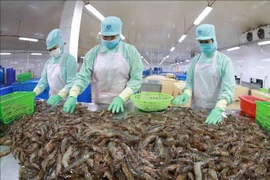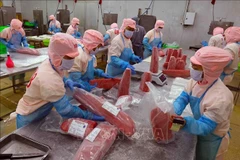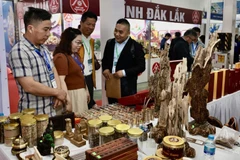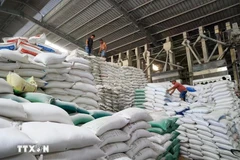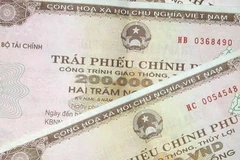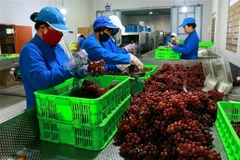Hanoi (VNA) - The Ministry of Agriculture and Rural Development believes that while Vietnam’s agro-forestry-fishery exports in 2025 may be affected by new US tariff policies, there will still be significant growth opportunities.
Exports in 2025 are likely to face major challenges due to shifts in US protectionist policies and tax regulations.
Discussing the impact of President Donald Trump’s new policies on global trade, including Vietnam’s agro-forestry-fishery exports, Deputy Minister of Agriculture and Rural Development Phung Duc Tien shared Vietnam’s strategies to adapt to these challenges.
Assessing potential impacts on Vietnam’s exports to the US market, Tien noted that in 2024, the US was Vietnam’s largest agro-forestry-fishery export market, with exports reaching 13.8 billion USD—nearly 22% of the country’s total export turnover.
With the US President signing an executive order imposing tariffs on goods from Canada, Mexico, and China, trade tensions between the US and several countries are expected to create new challenges.
However, Vietnam and the US have maintained strong trade relations, recently elevated to a comprehensive strategic partnership.
“I believe that despite the impact of new US tariff policies, Vietnam’s agro-forestry-fishery exports to the country will continue to expand, with many opportunities for growth.”

The deputy minister stated that the US currently accounts for nearly 22% of Vietnam’s agro-forestry-fishery export value.
“Since we have already entered this market, we must work to maintain our position,” he said.
Although policies are evolving unpredictably, Tien expressed confidence in Vietnam’s ability to adapt.
He noted that while Vietnam’s agricultural technology sector remains modest in scale, it incorporates modern and advanced technologies.
Additionally, having already established a presence in the US market, Vietnam is well aware of key requirements regarding growing areas, crop varieties, pesticide regulations, animal product standards, feed quality, veterinary procedures, disease prevention, biosecurity, harvesting, preliminary processing, and manufacturing.
If there are sudden changes in quality standards and regulations, they are expected to be manageable.
Vietnam has a commercial counsellor in the US, serving as a key liaison for gathering market trends, demand insights, and regulatory updates, Tien said.
Information from the commercial counsellor and the Vietnamese Embassy will help the agricultural sector analyse trends, promote trade, and organise production to meet market demands, he added.
With close direction from the government and the prime minister—alongside coordination between the Ministry of Agriculture and Rural Development, the Ministry of Foreign Affairs, and the Ministry of Industry and Trade, as well as local authorities—Vietnam is well-positioned to respond to global market uncertainties, including those in the US and China, ensuring continued growth in the agricultural sector, Tien emphasised.
Addressing solutions to mitigate potential trade wars, Tien said the ministry will collaborate with the Ministry of Foreign Affairs to expand access to the Halal market and coordinate with the Ministry of Industry and Trade to promote agro-forestry-fishery exports to other markets.
After 40 years of restructuring, Vietnam’s agricultural sector has sustained strong growth. Agro-forestry-fishery products are now exported to more than 200 markets worldwide.
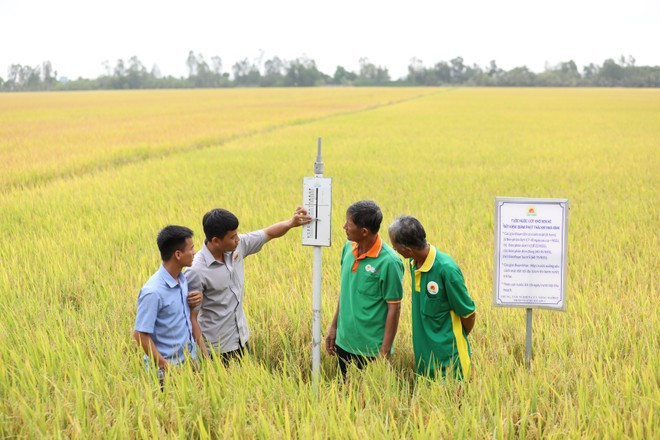
In addition to the US and China—Vietnam’s two largest export markets—other key markets include the European Union, Japan, the Republic of Korea, and the Philippines.
Vietnam is also actively expanding its product range and entering new markets, particularly the Halal market, which serves a population of 2.2 billion people, Tien said.
“However, despite its vast potential, the Halal market has varying standards and requirements across different countries,” he noted./.


